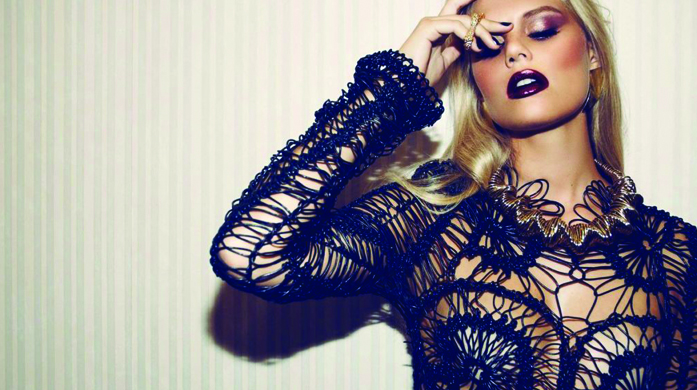Fast Fashion is fast becoming a dirty business. Whilst reports suggest that Fast Fashion is the fastest growing sector of the entire apparel industry (FEE, 2017) it is also the second dirtiest industry in the world, surpassed only by Big Oil (Eco Watch, 2015). While these findings are shocking they’re unsurprising. Online and high street brands face a pressure to compete in a society where disposable incomes are on the decline whilst demand continues to climb. As a society, collectively we’ve become more conscious of the impact that our lifestyles are having on future generations as the threat of global warming can no longer be ignored. And yet, consumers continually experience cognitive dissonance when our purchases fail to match up to our environmental principles. In an effort to reduce this psychological torment, the Slow Fashion movement was born.
According to Clark (2008) slow fashion consists of three components; placing value on local resources and economies, transparency in the production system, and creating products with a longer usable life. Research has shown that consumers agree that the slow fashion movement is “an ideal situation that they would be striving to work toward” (Pookulangara & Shephard, 2013) but arguably one of the main factors holding consumers back from reaching their slow fashion goals is a lack of knowledge that both environmentally conscious and fashion forward brands actually exist.

One brand flying the flag of the Slow Fashion movement is KORLEKIE, a UK based luxury brand that combines hand woven fabrics & heritage techniques with sensual elegance. With a celebrity clientele that includes the likes of Alicia Dixon, Rita Ora and Tiwa Savage alongside features in i-D and Vogue KORLEKIE proves that utilising traditional craft techniques can give you a head start in the race to the top.


On the brand’s 4-year anniversary I was invited to the MADE BY KORLEKIE event, an archive of images and collections to introduce you to the story of KORLEKIE, hosted by Fvshion Dvting. Not only did I get the chance to see the stunning craftsmanship up close and personal, I was able to speak to KORLEKIE founder and creative director – Beatrice Newman. Taking her cue from Ghanaian Kente weavers, Newman has contemporised traditional weaving methods to produce unique and ornate structures that is simply unachievable in the fast fashion sector due to the sheer skill involved. When speaking to Newman I came to realise her Ghanaian heritage is literally interwoven into the fabric of the brand in more ways than one. Newman shares her middle name ‘Korlekie’ with her brand which translates to ‘Queen of Eagles’ by the Gaadangbe tribe in the eastern region of Ghana. Citing Grace Jones, the queen of androgyny herself, as one of her muses, Newman stated that the KORLEKIE woman is one that is unashamedly fierce, daring and takes a mindful approach to dressing.

Mindful dressing is a rapidly growing concept in the realm of slow fashion as consumers are gradually challenging the ‘treat yo self’ throw-away culture that encourages the temporary highs and lows of fast fashion purchases. Whilst its numerous advantages are somewhat undeniable, the sheer pace of fast fashion brands leaves it incapable of creating that personable experience that many consumers are craving.
Slow fashion brands like KORLEKIE have the advantage of a highly ethical and transparent business practice as well as a culturally rich background that, psychologically speaking allows consumers to forge genuine connections with every piece purchased. The result is the highly sought after ‘mindful shopping experience’ where need and beliefs can finally go hand in hand.
To see pieces from KORLEKIE’s latest collection visit their website here.



